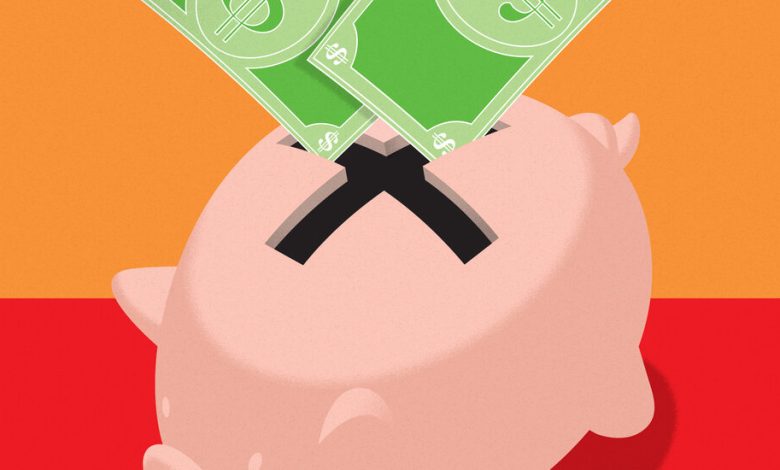Employers Can Now Enroll Workers in Some Emergency Savings Accounts

Starting this year, a federal law allows employers to enroll workers in emergency savings accounts that are linked to their retirement accounts. But some companies, put off by the law’s complex rules, have begun offering rainy day benefits outside workplace retirement plans.
“I do think there is tremendous interest in emergency savings programs,” said Matt Bahl, vice president and head of workplace financial health at the Financial Health Network, a nonprofit that promotes financial well-being. “Having access to liquid cash can greatly reduce levels of financial stress.”
The Employee Benefit Research Institute, a nonprofit, found that about three-fourths of large employers (those with 500 or more workers) offered or planned to offer hardship or emergency assistance programs to workers last year. Of those, about a third said they offered an emergency savings account feature and another third planned to do so in the next year or two.
But while the law, known as Secure 2.0, has helped draw attention to the need for rainy day savings, its rules for setting up emergency accounts within retirement plans are “clunky,” Mr. Bahl said. For instance, only workers making under a certain income limit ($155,000 for 2024) may participate, and their emergency savings are limited to $2,500, though employers can set lower ceilings. And though employers can help with contributions, they must deposit any match into the worker’s retirement account — not the emergency savings account.
While employers may eventually choose to offer such “sidecar” savings accounts, stand-alone emergency savings programs are already available from financial technology start-ups and established retirement plan administrators. With emergency savings offerings, “it’s really important to be broadly available and simple to use,” said Emily Kolle, a vice president who oversees the emergency savings offering from Fidelity Investments, one of the largest retirement plan administrators.
Emergency savings — a cash cushion available in the event of a job loss or surprise expenses like car repairs or medical bills — are a concern for many Americans. In a recent survey by the financial site Bankrate, about a third said they would have to borrow to cover a $1,000 unexpected expense. And almost a quarter of consumers have no savings set aside for emergencies, according to the Consumer Financial Protection Bureau.
